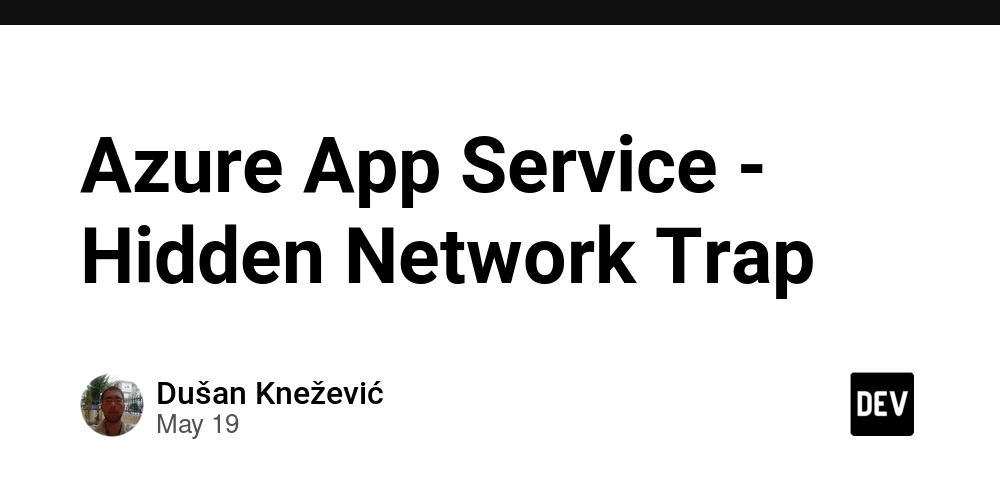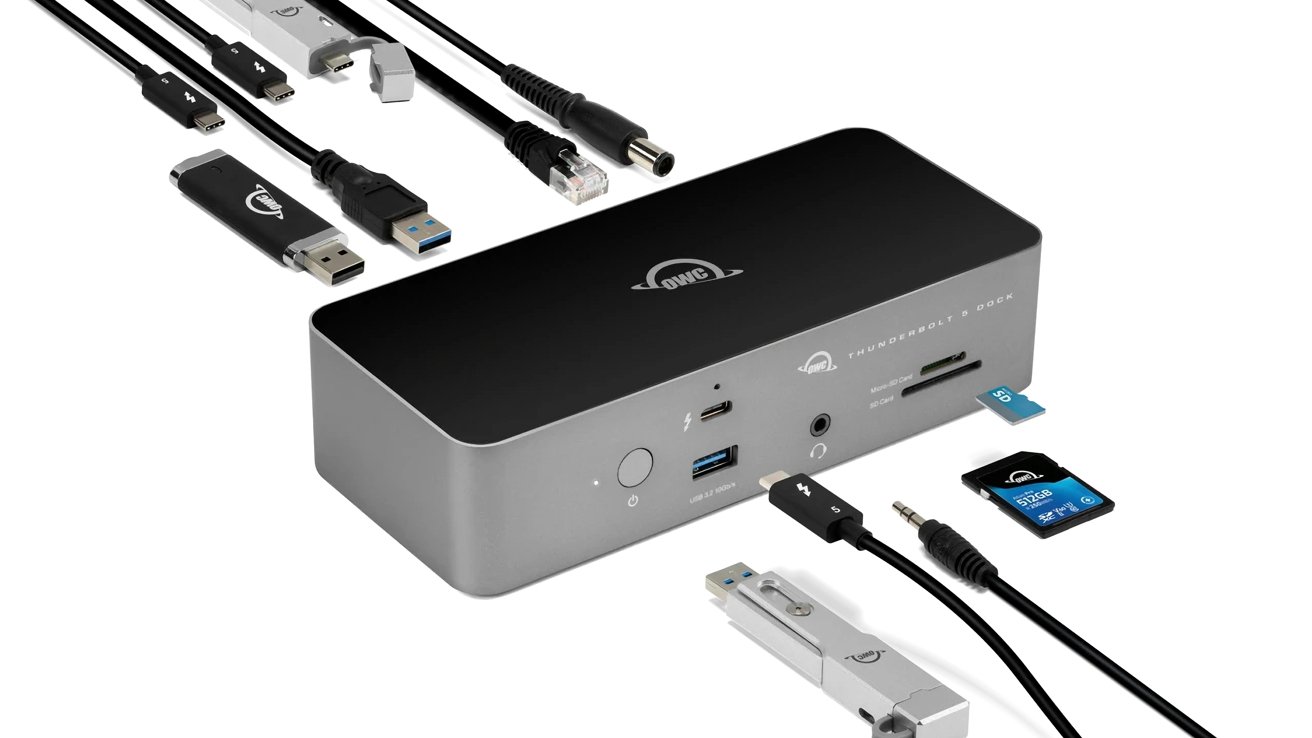How Cybercriminals Crack Your Passwords (And How to Stay One Step Ahead)
Passwords are the keys to your digital life – email, bank accounts, social media, and even your workplace systems. Unfortunately, they’re also one of the weakest links in cybersecurity. Every year, billions of credentials are stolen and sold on th...

Passwords are the keys to your digital life – email, bank accounts, social media, and even your workplace systems. Unfortunately, they’re also one of the weakest links in cybersecurity.
Every year, billions of credentials are stolen and sold on the dark web.
Cybercriminals don’t always need advanced techniques to break into your account. Often, they rely on simple, automated methods that exploit human habits , like reusing passwords or choosing predictable ones.
Below are five of the most common ways attackers crack passwords and how you can protect yourself.
Brute Force Attacks
Brute force attacks are one of the oldest hacking techniques still in use.
In this approach, attackers use a computer program to try every possible combination of characters until it finds the correct password.
While this may seem tedious, tools like Hydra, Medusa, or John the Ripper can attempt thousands – or even millions – of guesses per second.
For example, if your password is “test123,” a brute force tool will likely crack it in seconds. A 6-character password with only lowercase letters has 308 million possible combinations, which modern GPUs can process in minutes or less.
Your best defense against brute force is password length and complexity.
A random, 16-character password with mixed-case letters, numbers, and symbols is practically immune to brute force attacks with today’s hardware.
Using a password manager like NordPass, Bitwarden, or 1Password makes generating and storing such passwords easy and offers strong password protection.
Dictionary Attacks
Unlike brute force, a dictionary attack narrows the search space by trying passwords from a precompiled list of commonly used words and phrases.
These lists often include leaked passwords from previous data breaches, popular sports teams, keyboard patterns like “qwerty” or “123456,” and even names or swear words. They are also called wordlists.
Many people mistakenly believe that tweaking a common password – for instance, changing “password” to “P@ssw0rd!” – makes it secure. But dictionary attack tools account for these variations.
For instance, the tool Crunch allows attackers to generate wordlists with pattern-based rules, meaning “Welcome@123” is still a likely guess.
“123456”, “password”, and “qwerty” are still among the most common passwords in the world. Even passwords like “iloveyou” and “dragon” show up repeatedly.
To protect yourself, never use real words, names, or predictable patterns in your passwords. Instead, try using passphrases that are long, random, and unique – such as “truck-pillow-coffee-skyline” or a completely random string like “g6D@!rXplQ8#1zVn”.
Again, a password manager is the easiest way to maintain this level of randomness and uniqueness.
Credential Stuffing
Credential stuffing is one of the most successful and least sophisticated attack methods. It exploits one simple fact: people reuse passwords across multiple accounts.
When a site like LinkedIn or Dropbox gets breached and the passwords leak online, attackers take those stolen credentials and try them on other websites – your email, Facebook, Netflix, or even bank portals.
This technique is highly automated. Attackers use bots to test thousands of username-password combinations across dozens of sites until they find a match.
Let’s say you used your Gmail password to sign up for a small forum years ago. That forum gets hacked, and your login details are exposed. If you’re still using that same password on Gmail, attackers now have a key to your inbox – which also means they may get access to all your other accounts via password reset links.
To defend against credential stuffing, use a unique password for every account. You don’t need to memorize all of them – just use a reputable password manager.
Also, turn on multi-factor authentication (MFA) wherever possible, so even if someone has your password, they still can’t log in without the second factor.
Phishing Attacks
Phishing isn’t a technical exploit – it’s a psychological one.
Instead of guessing your password, attackers trick you into giving it away.
Phishing often comes in the form of fake emails, text messages, or websites that look legitimate but are designed to steal your credentials.
For example, you might receive an email that looks like it’s from your bank, asking you to “verify your account.” The link takes you to a fake login page that captures your username and password the moment you enter them.
Tools like Evilginx and Modlishka can even bypass MFA by intercepting tokens in real time.
Phishing is widespread because it works. According to CISA, phishing was the most common initial attack vector in 2022. And it’s getting more convincing with the use of AI to write emails, spoof sender addresses, and create realistic-looking websites.
To stay safe, never click on suspicious links or enter login details on a site you reached through an email. Always type URLs manually or use browser bookmarks for sensitive sites like banking or email.
Train yourself to spot red flags – like poor grammar, urgency, or mismatched sender names.
Social Engineering and Password Resets
Sometimes, hackers don’t need technical skills at all – they just need to be convincing.
Social engineering involves manipulating people into giving up confidential information. One common tactic is calling customer support and pretending to be you. If the rep isn’t careful, they might reset your password or give access to your account.
This actually happened to tech journalist Mat Honan in 2012, when hackers used social engineering to take over his Apple account. They then used it to wipe his phone, lock him out of email, and access other connected services.
Another trick is exploiting weak password reset systems. If a service allows you to reset your password by answering questions like “What’s your pet’s name?” or “Where were you born?”, attackers may already know the answers from your social media or data leaks.
To avoid this risk, limit what personal information you share online.
Use fake answers for password reset questions – just store them in your password manager.
And wherever possible, enable two-factor authentication using an app like Authy or Google Authenticator instead of relying on SMS, which can be intercepted via SIM swapping.
Defense is Easier Than Recovery
Cybercriminals don’t always need to “hack” their way in – they just need you to slip up.
The good news is that most password attacks rely on human error and predictable habits. By using a password manager, enabling multi-factor authentication, and staying alert to phishing attempts, you can block nearly all of these threats.
Think of your digital life like a house. Would you use the same key for your home, car, office, and locker? Would you leave it under the mat? That’s exactly what weak or reused passwords do online.
Stay one step ahead. Lock your digital doors properly – and don’t give attackers the key.
Join the Stealth Security Newsletter for more articles on Cybersecurity.














































































































































































![[The AI Show Episode 146]: Rise of “AI-First” Companies, AI Job Disruption, GPT-4o Update Gets Rolled Back, How Big Consulting Firms Use AI, and Meta AI App](https://www.marketingaiinstitute.com/hubfs/ep%20146%20cover.png)































































































































![How to make Developer Friends When You Don't Live in Silicon Valley, with Iraqi Engineer Code;Life [Podcast #172]](https://cdn.hashnode.com/res/hashnode/image/upload/v1747360508340/f07040cd-3eeb-443c-b4fb-370f6a4a14da.png?#)


















































-(1).jpg?width=1920&height=1920&fit=bounds&quality=70&format=jpg&auto=webp#)



























































.jpg?#)



















































































































![A rare look inside the TSMC Arizona plant making chips for Apple [Video]](https://i0.wp.com/9to5mac.com/wp-content/uploads/sites/6/2025/05/A-look-inside-the-TSMC-Arizona-plant-making-chips-for-Apple.jpg?resize=1200%2C628&quality=82&strip=all&ssl=1)

















![Why Apple Still Can't Catch Up in AI and What It's Doing About It [Report]](https://www.iclarified.com/images/news/97352/97352/97352-640.jpg)
![Sonos Move 2 On Sale for 25% Off [Deal]](https://www.iclarified.com/images/news/97355/97355/97355-640.jpg)
![Apple May Not Update AirPods Until 2026, Lighter AirPods Max Coming in 2027 [Kuo]](https://www.iclarified.com/images/news/97350/97350/97350-640.jpg)






































































